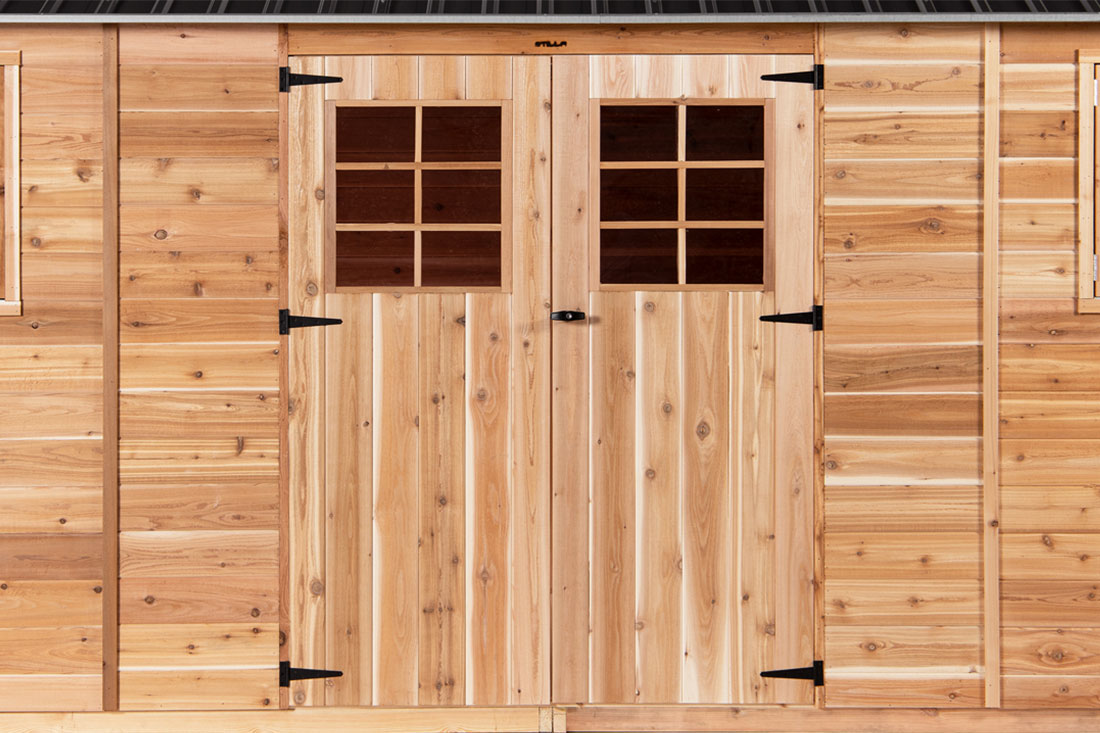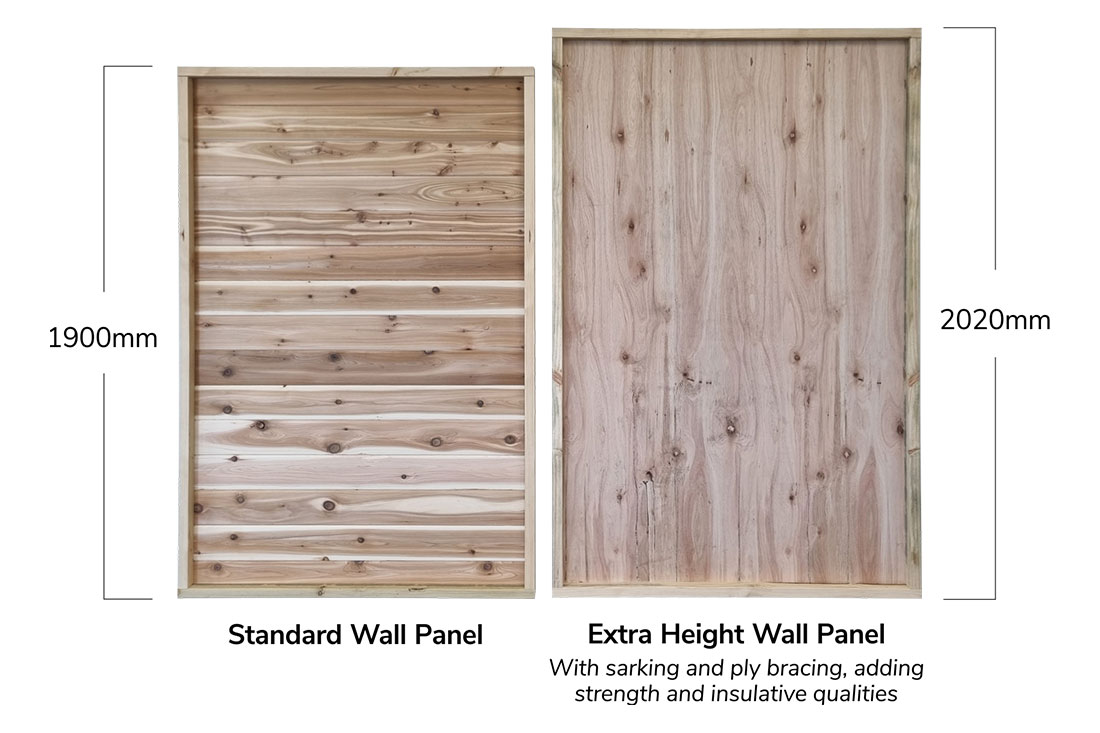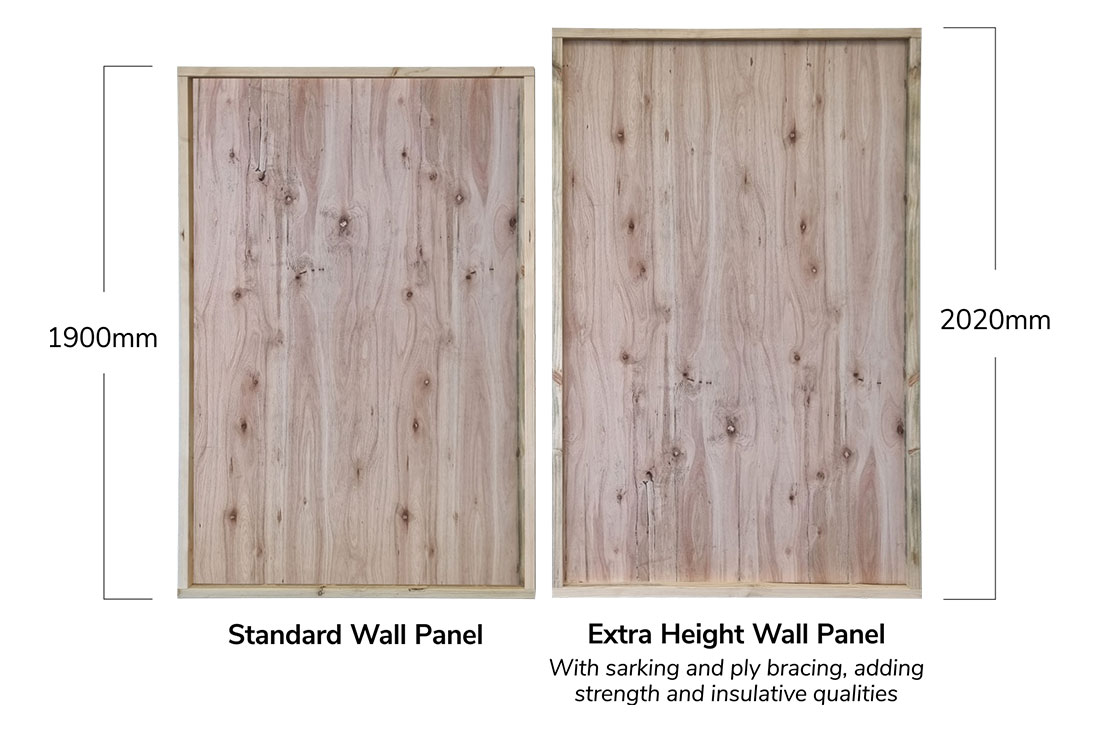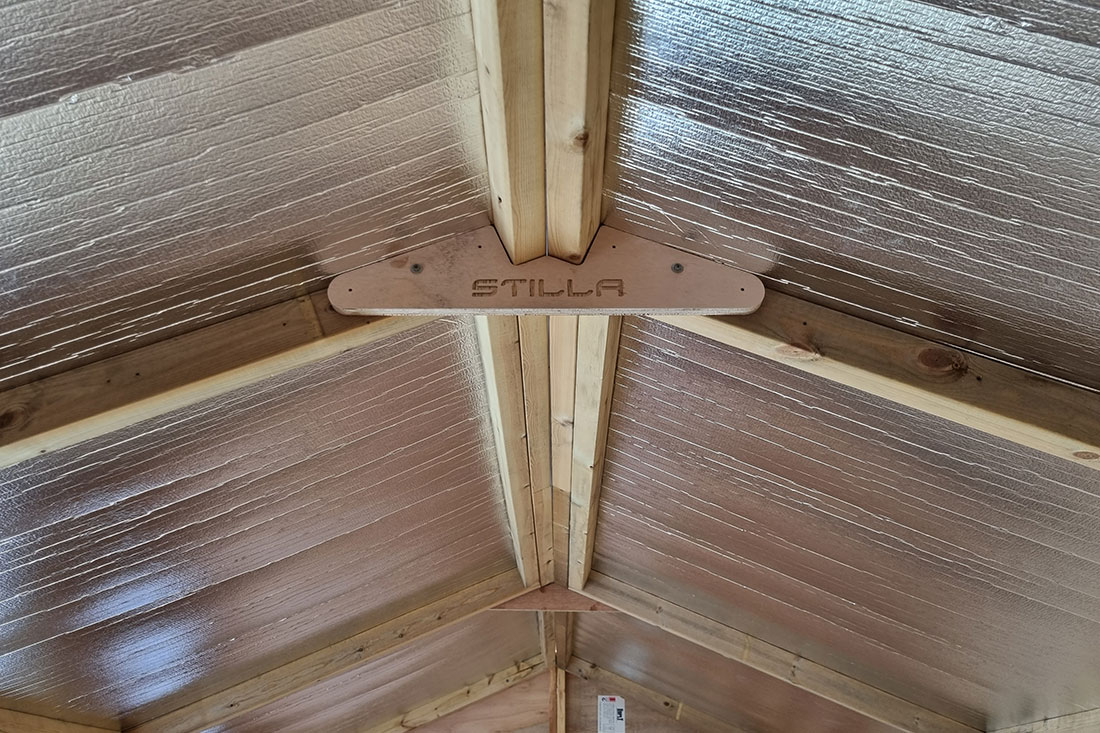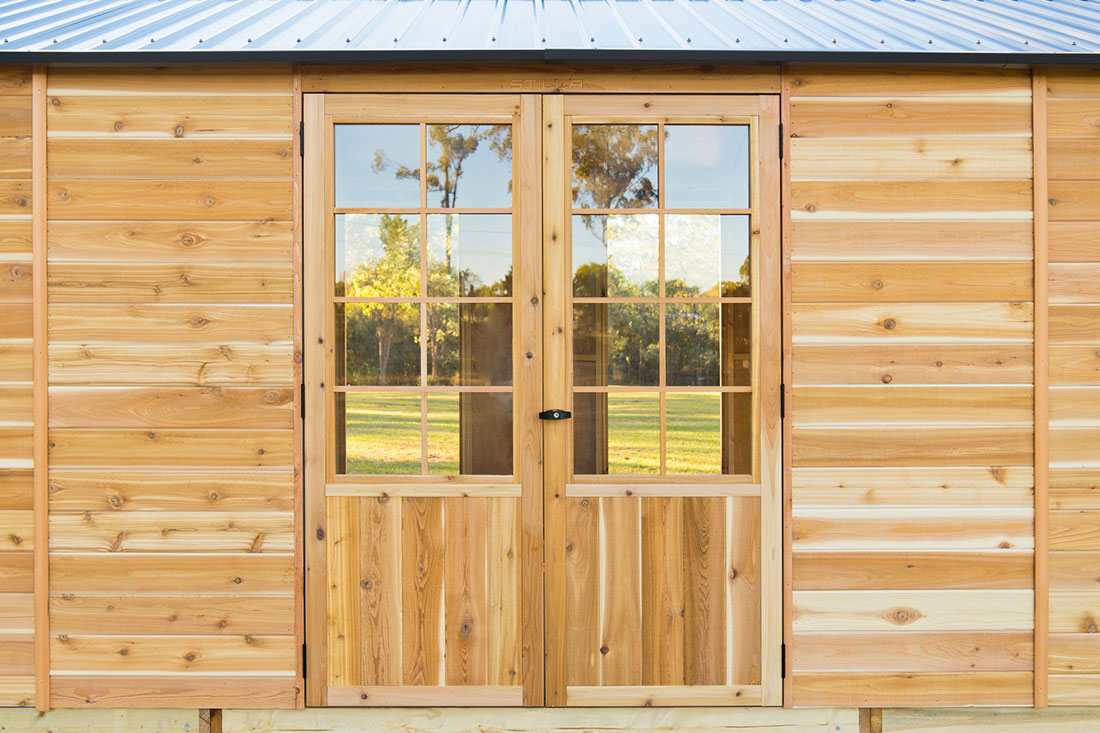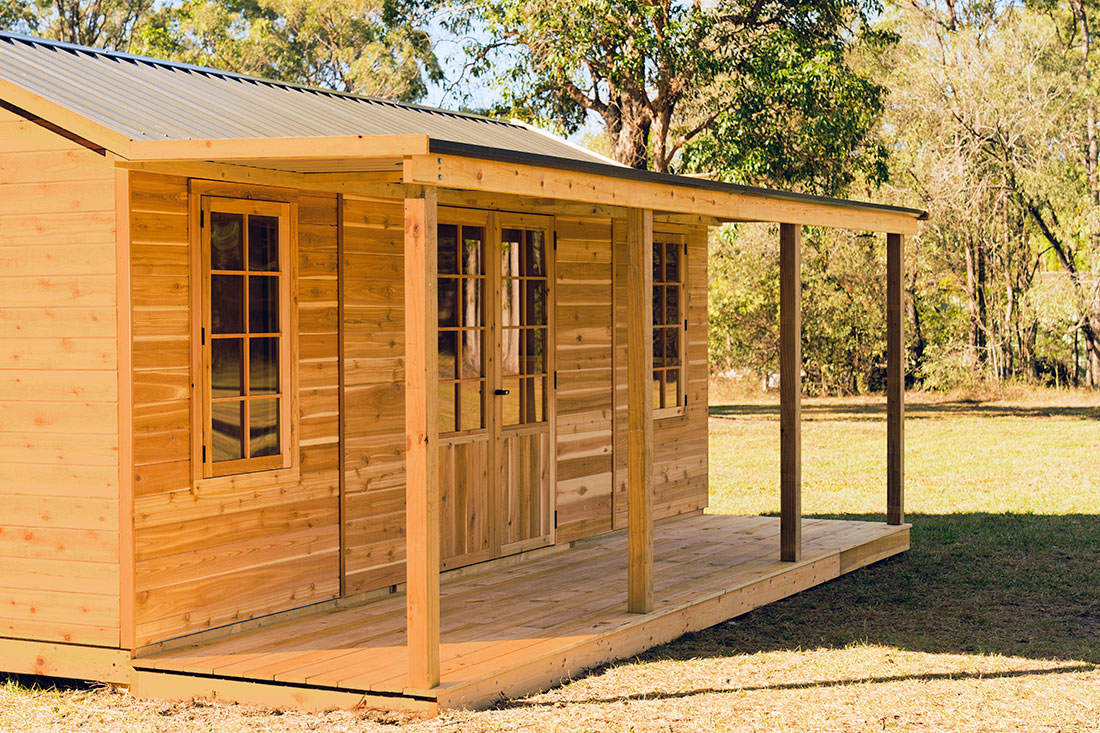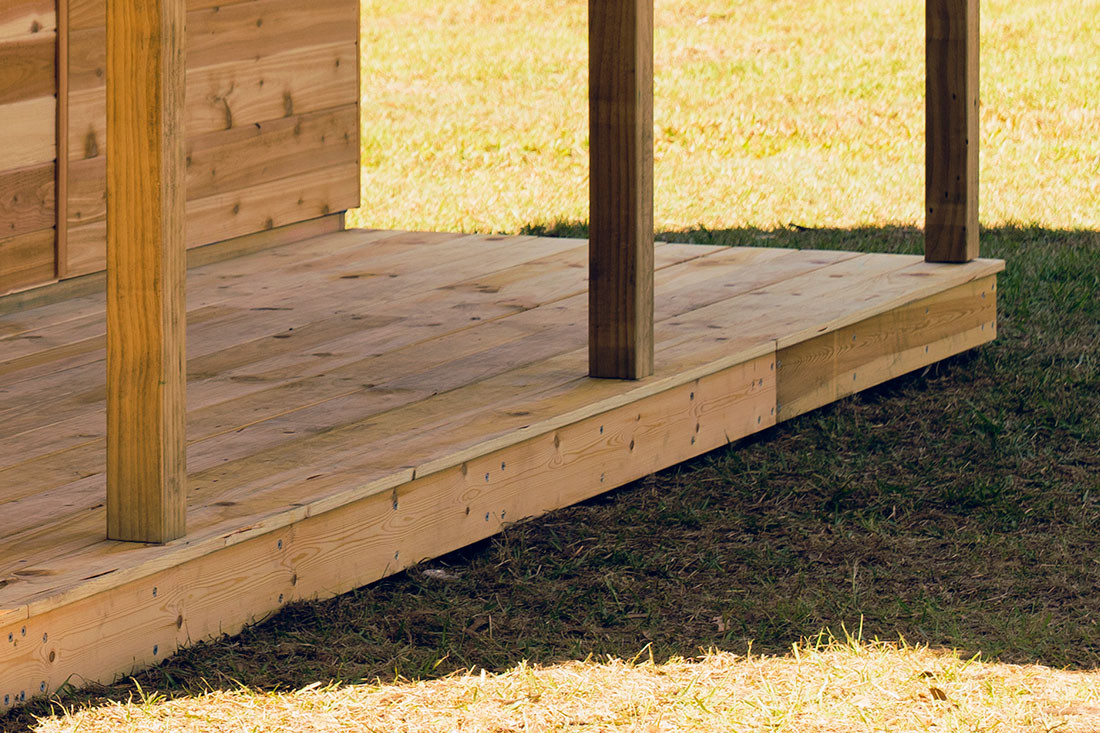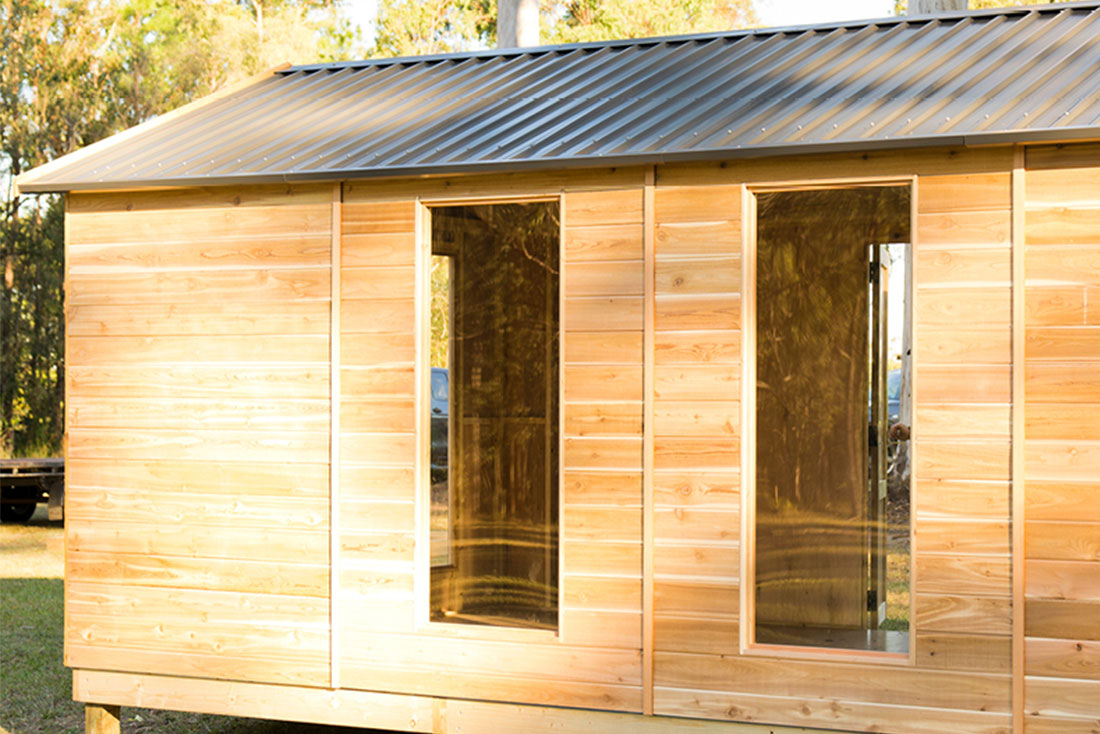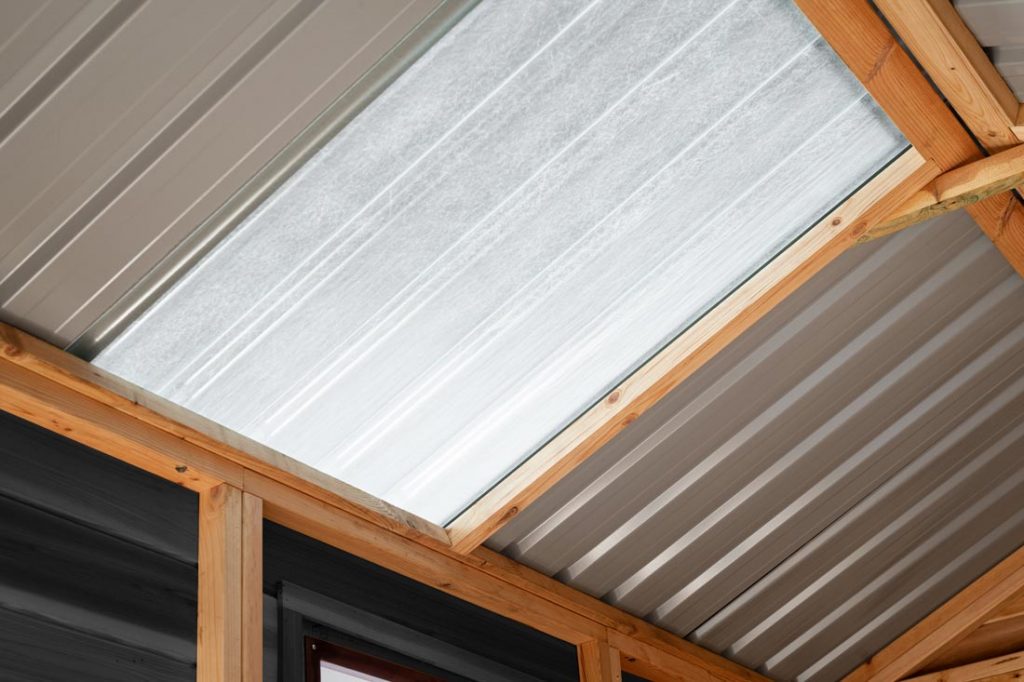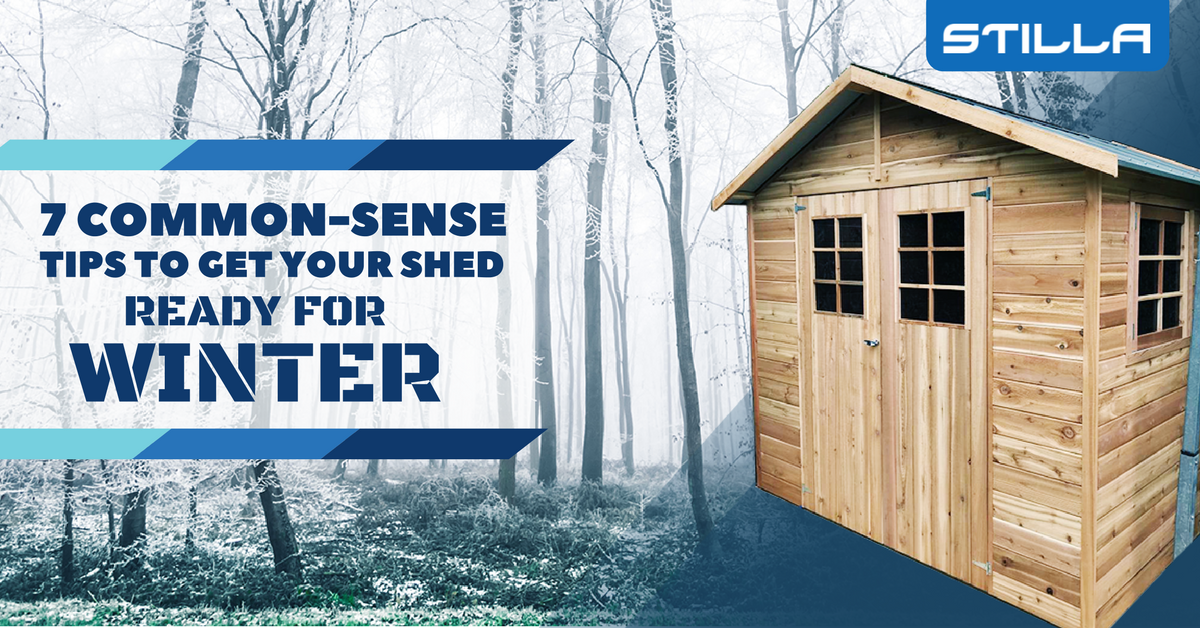
11 Apr 7 common-sense tips to get your shed ready for winter
While most of Australia never experiences a truly harsh winter, like Europe or North America, our wide brown land does have a few places where the temperature plummets toward zero through the middle of the year.
Only a small percentage of the population lives high enough to cop a decent snowfall, but many more people in the southern states spend frosty winter mornings cleaning ice off their windscreens.
If you are somewhere that gets pretty chilly overnight, with accompanying patches of frost, or even somewhere that gets prolonged heavy rainfall, it’s worth making sure your shed is winterized.
1. Examine the outside of your shed
Have a good look at anywhere there could be damage or cracks appearing, including getting up on your ladder to check the roof. After all, it only takes one loose branch to hit the wrong spot at the wrong angle to cause some damage.
Pay particular attention around windows and doors and check the hinges and locks/latches. Look for any signs of rust, because it’s better to treat that early before months of wet weather make it a lot worse.
2. Check what’s around the shed
If your shed’s in the garden, chances are there’s some stuff growing around it. While you’re checking the outside of the structure itself, also check the surrounds to make sure nothing is growing in a direction that might compromise the shed.
Even if that big tree branch doesn’t look to threatening right now, it might be a different story in a storm, so prune things back with a ‘better safe than sorry’ approach.
3. Clean the inside of the shed
It’s a great opportunity to sweep out your shed, pick up and get rid of any debris on the floor, throw away anything that’s broken that’s just taking up space, and make sure there’s nothing inside the shed that might attract rats and mice looking for somewhere warm and dry.
This might include making sure any potting soil, fertilizer, mulch, or the like is securely bagged.
It’s also a great rule to keep perishables, such as paper, cardboard, and material off the floor and walls of your shed, to allow the timber to breathe.
4. Treat the wood
Due to the amazing qualities of Western red cedar, Stilla cedar sheds don’t need any treatment, however if you have an older wooden shed, it might be worth giving it a coat of something like Cedarshield.
Cedarshield is a premium-quality Australian product specifically formulated to enhance and protect timber surfaces against the harsh Australian climate (and, unlike oil treatments, it won’t support combustion in a bushfire).
As it’s thicker than oils, it will plug and seal most cracks in exterior cedar cladding.
5. Draught proof the windows and doors
If you’re intending to still spend some time inside your shed even when it’s cold and wet outside, it might be a good idea to get some weather stripping or foam insulating tape to seal your windows, as well as adding a draught strip to the bottom of the door.
6. Air out the shed
Especially if you’re unlikely to use the shed during the winter months, take the opportunity of what’s left of the better weather to air it out. If you only have one door and no windows (that open), it might be worth using a fan to force some air through to let any moisture or unwanted odours freshen up.
7. Look after your tools
Given you’re unlikely to use too many tools during winter, take a bit of time to clean them before putting them away. Consider covering them with a tarp or other piece of heavy plastic to keep dust off. And it’s best to store any motorised tools – leaf blowers, lawn mowers, etc – without any fuel in them.
Of course, you can decide how much you feel you need to do to prepare for winter, just as everyone uses their shed in ways and at times that best suit them, but we recommend regular maintenance, regardless.
Don’t forget that if you have any shed questions at all, we’re here, ready and eager to offer our expert advice. Just give us a call or drop us a note.


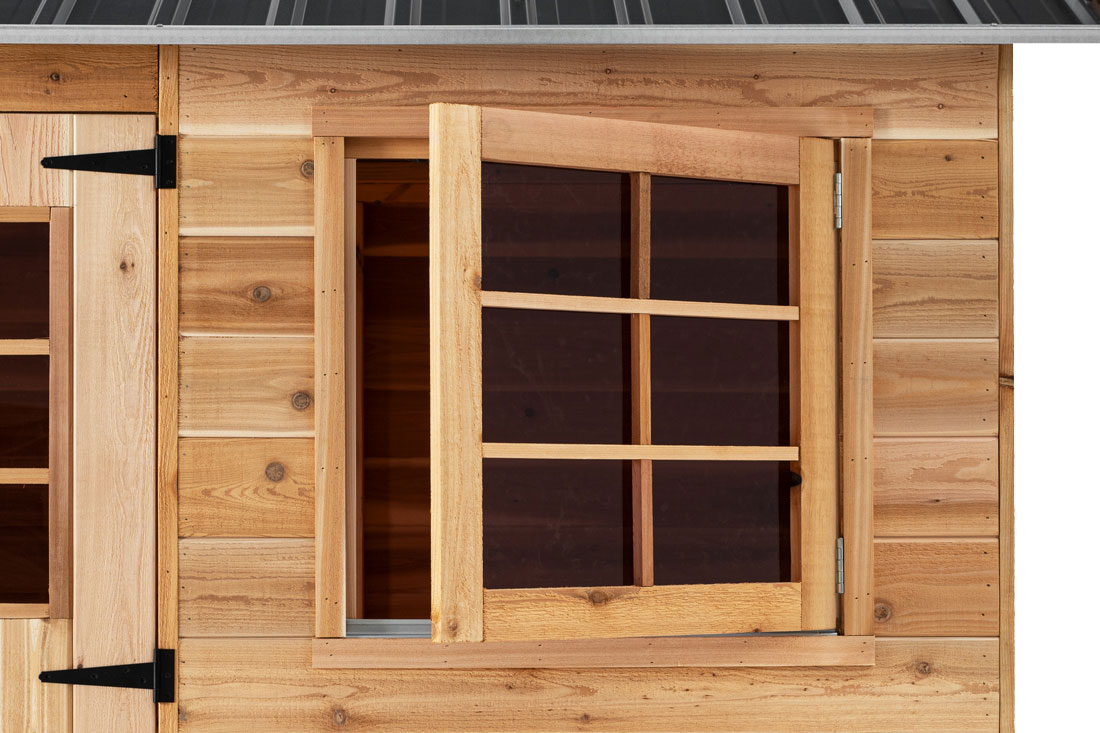
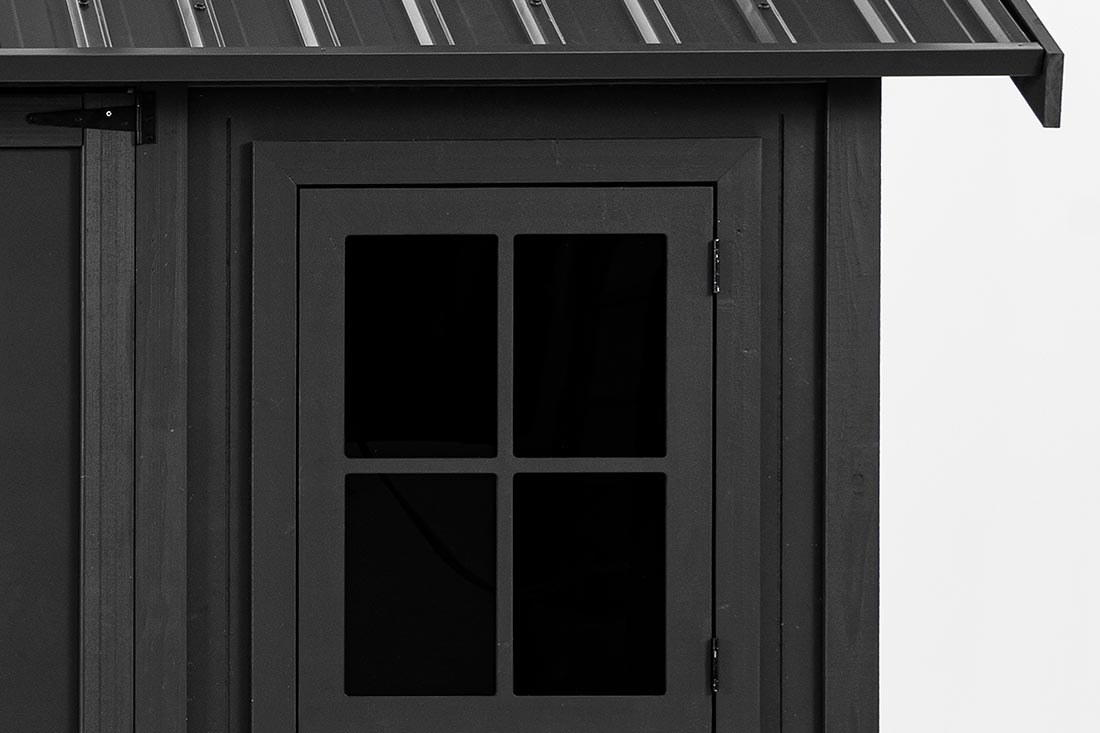
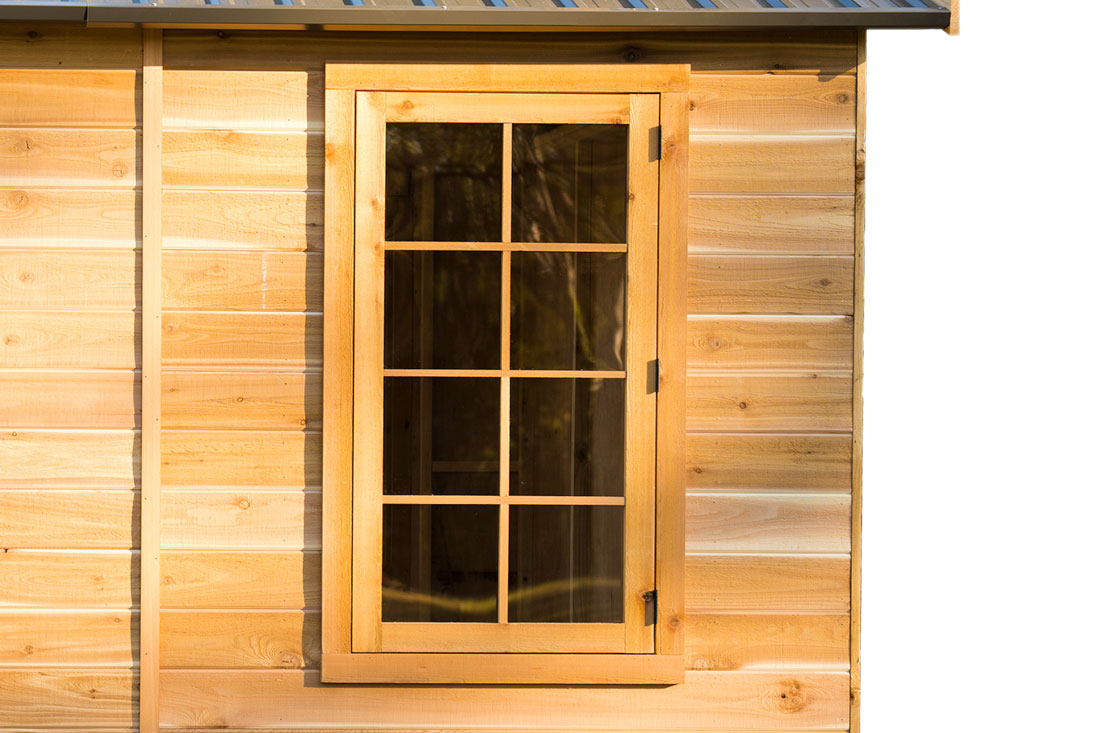
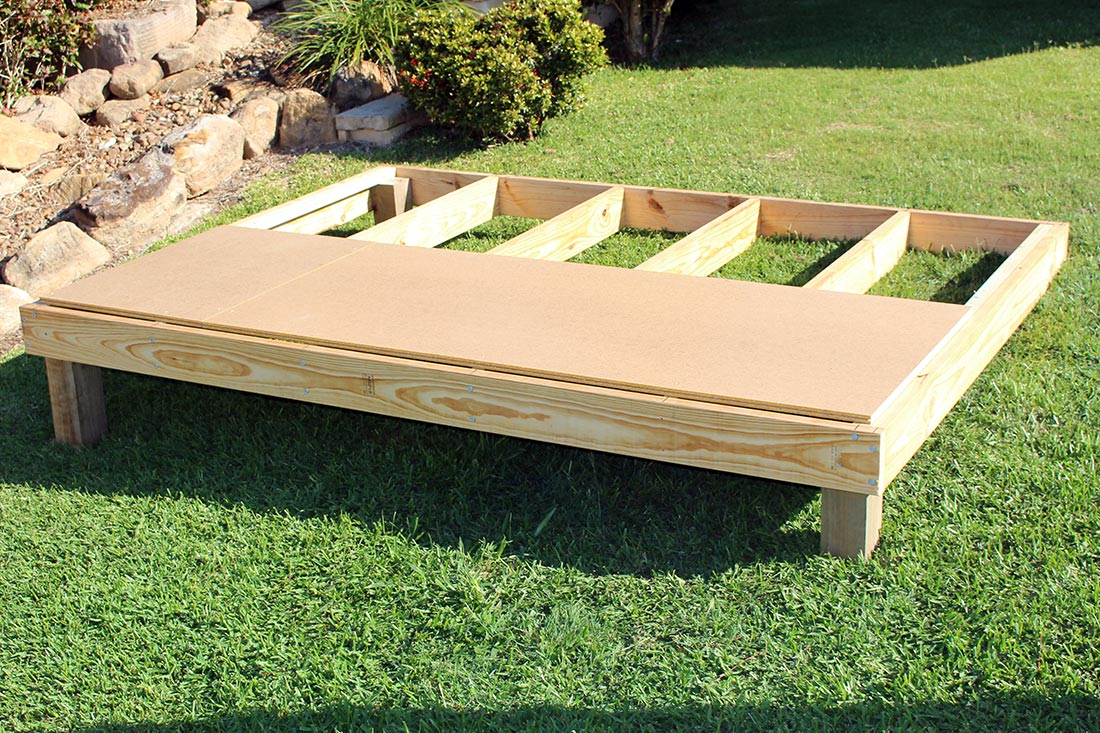
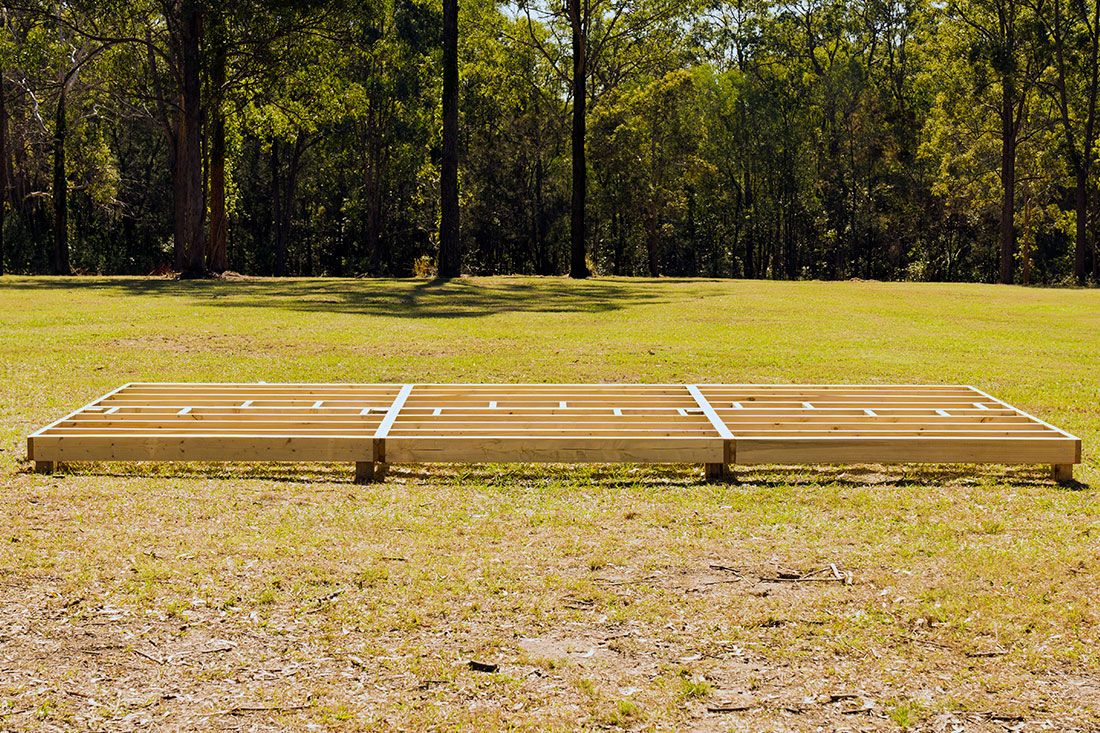
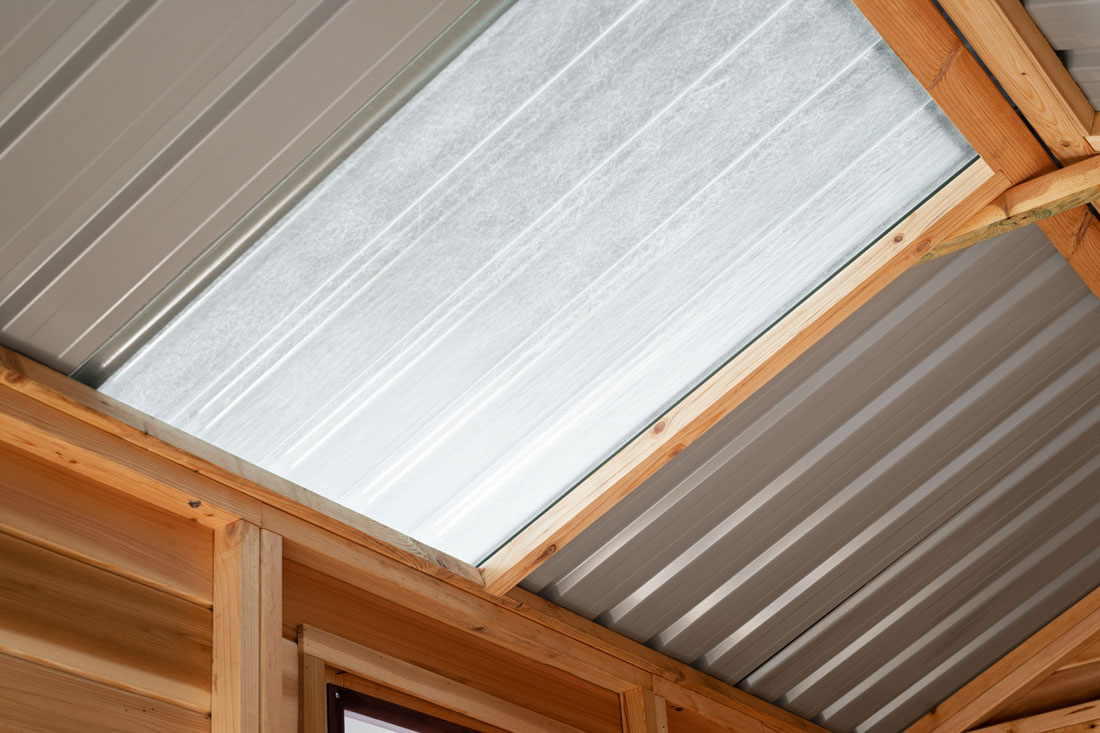
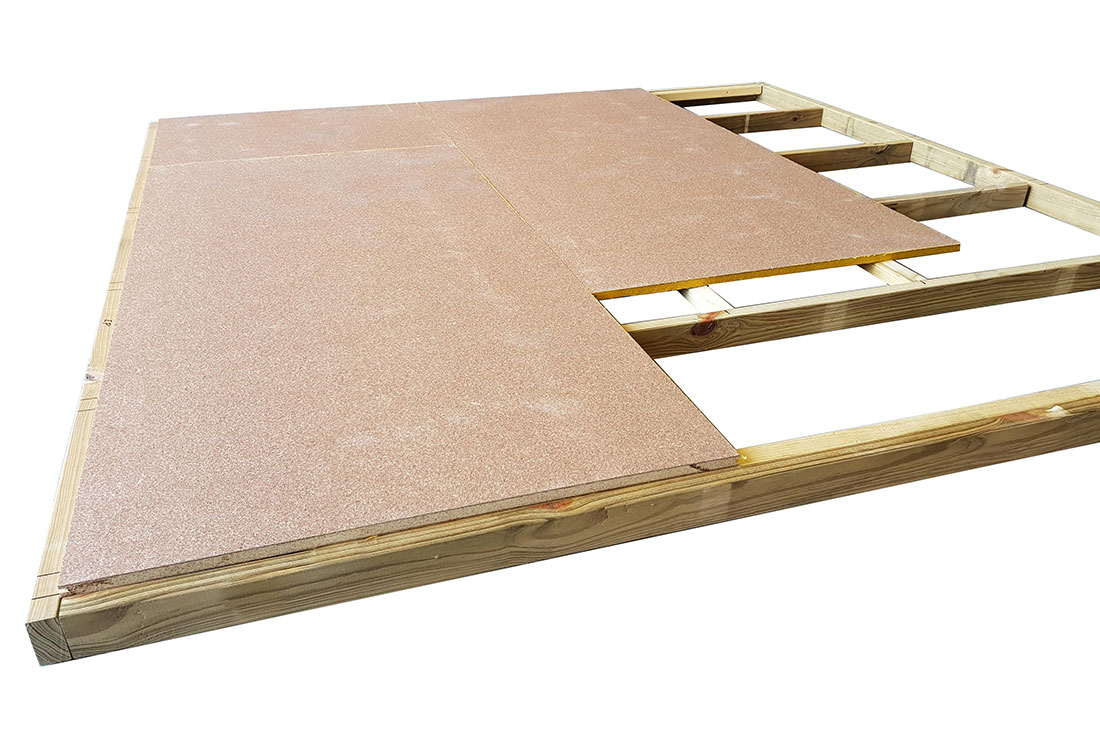
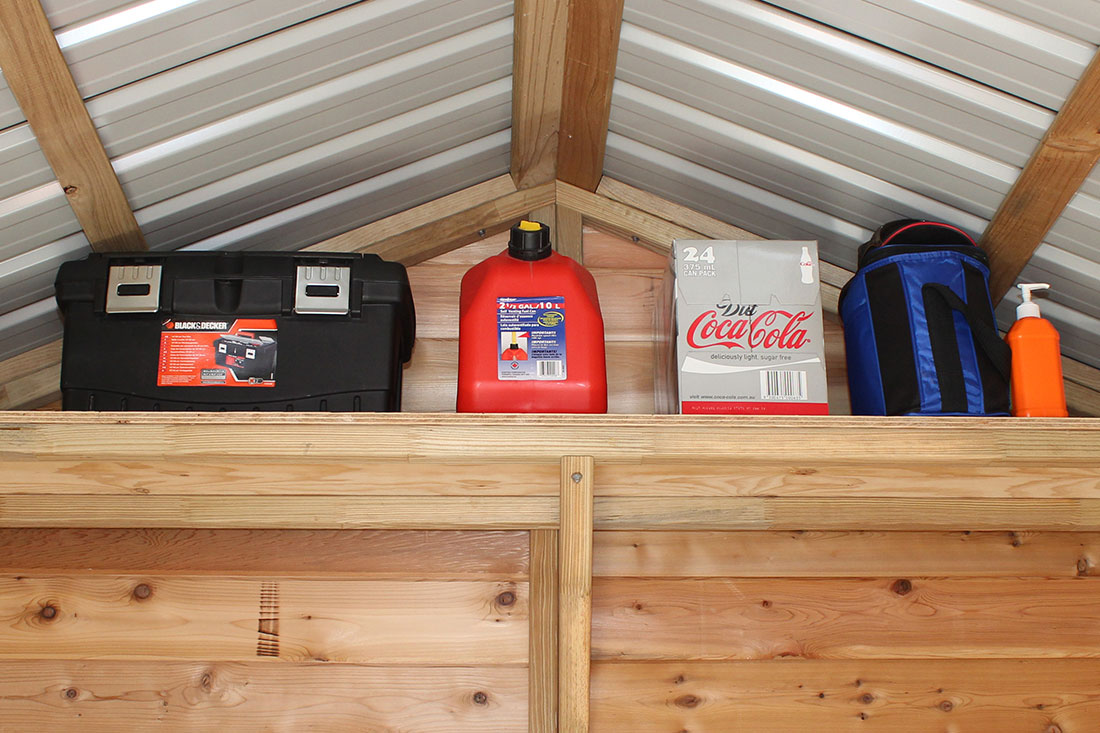
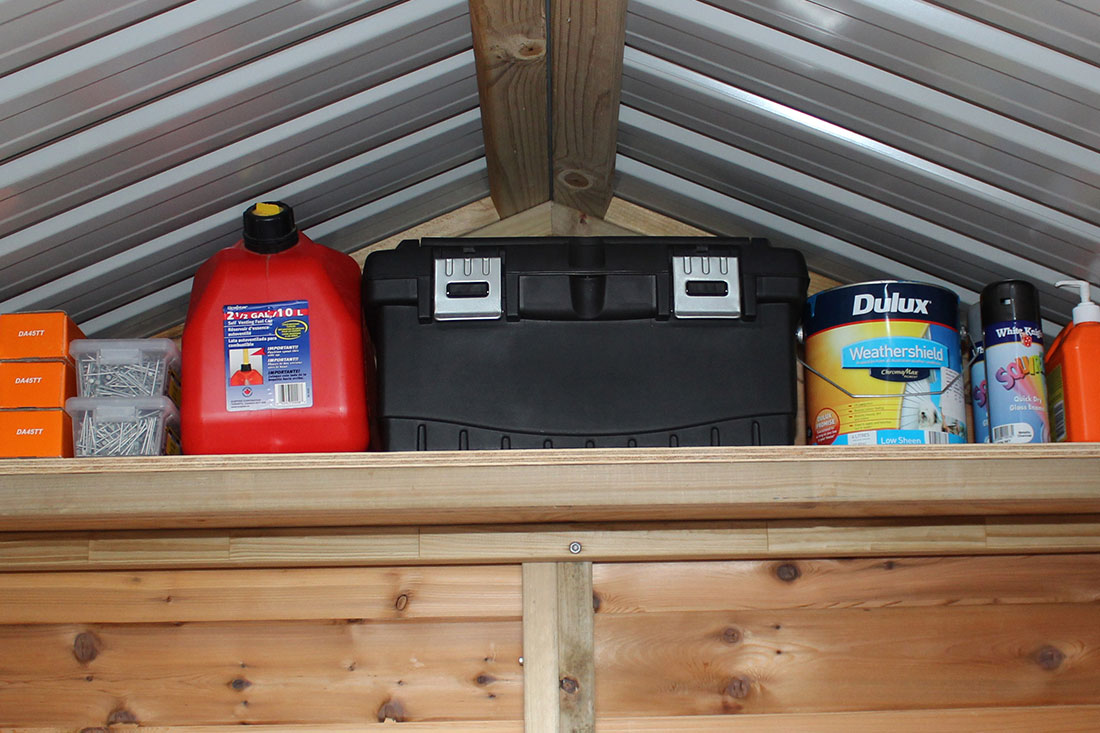
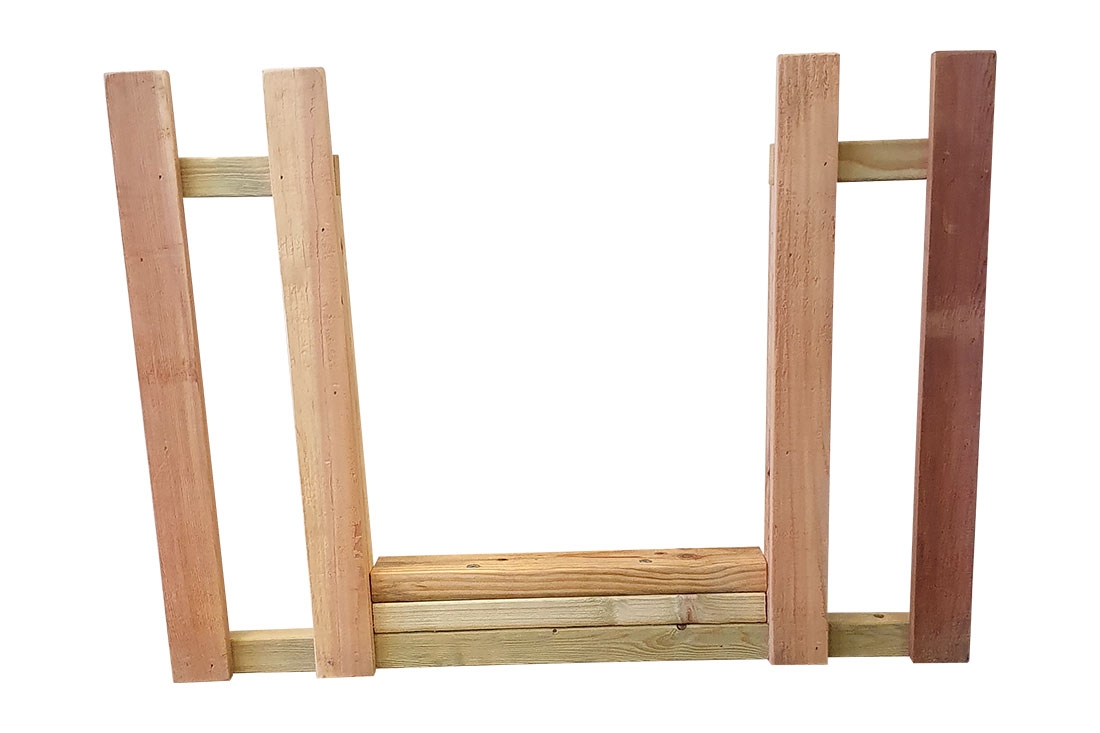 Includes an adjusted railing & ground pegs to make provision for a slide to be attached to the Hideout Tower.
Includes an adjusted railing & ground pegs to make provision for a slide to be attached to the Hideout Tower.